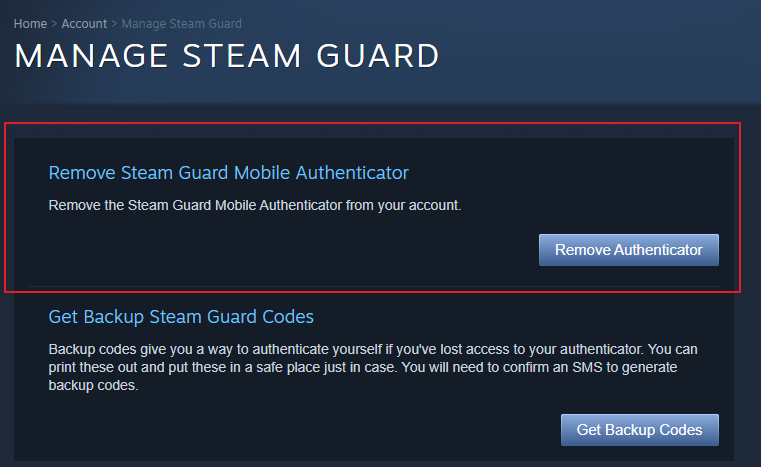

Each client is required to provide credentials to prove identity and address.

KYC checks are done through an independent and reliable source of documents, data, or information. Stricter KYC/CDD processes are helping to stop that. In the U.S., Europe, the Middle East, and the Asia Pacific, a cumulated USD26 billion in fines have been levied for non-compliance with AML, KYC, and sanctions fines the past ten years (2008-2018) - let alone the reputational damage done and not measured.Īccording to the United Nations, criminals are laundering between $1.6 to $4 trillion annually (2 to 5% of global GDP). In case of failure to comply, heavy penalties can be applied.

KYC compliance responsibility rests with the banks. KYC process includes ID card verification, face verification, document verification such as utility bills as proof of address, and biometric verification.īanks must comply with KYC regulations and anti-money laundering regulations to limit fraud. These client-onboarding processes help prevent and identify money laundering, terrorism financing, and other illegal corruption schemes. KYC procedures defined by banks involve all the necessary actions to ensure their customers are real and assess and monitor risks.


 0 kommentar(er)
0 kommentar(er)
